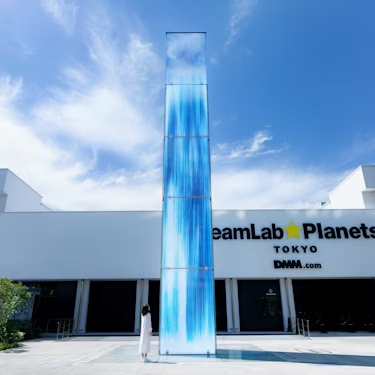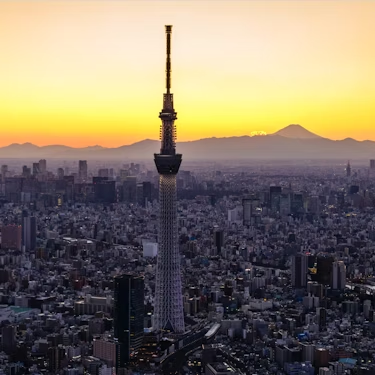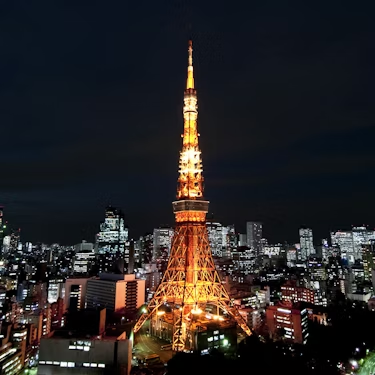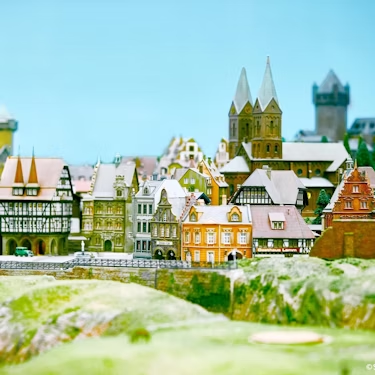More about: The 7 Best Tokyo Food Tours
Tsukiji market - the world's largest fish market -, 8 varieties of sake, authentic ramen, grilled meat, sushi or seafood, Asian cuisine is an explosion of flavours that delights the palate. And with this type of tour you can get to know its millenary culture through the Japanese culinary art.
Among the things to see, do and taste in Tokyo, exploring Japanese cuisine stands out. After all, it is the capital of international gastronomy, and there are tours for couples, small groups, as well as locals, with or without cooking classes.
1. Tsukiji Fish Market Tour in Tokyo
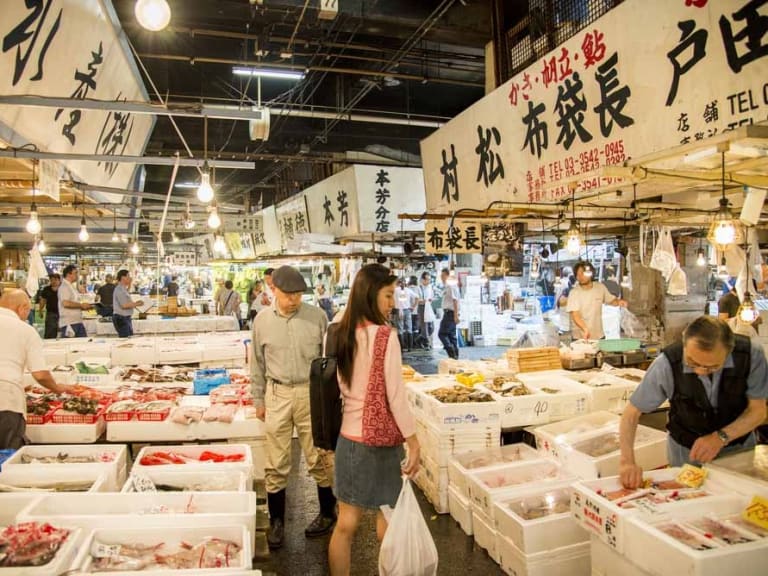
This type of tour usually starts with a walk around the Tsukiji Honganji temple, a beautiful sacred space founded in 1617.
After listening to the comments of the knowledgeable local guides, the group walks away past the winged shishi, admiring the unconventional architecture of the temple.
Further on, the group of up to 15 people moves on to the world's most famous fish market, Tsukiji Market, one of the surviving structures of World War II. You will soon see why the locals, as well as Japanese chefs, prefer to shop there.
At the Tsukiji fish market you can try all kinds of seafood. You'll also be able to sample delicacies such as bonito, sushi in its popular - and curious - variations, authentic omelettes, seafood delicacies and fresh tuna. Enjoy the feast.
In addition, some market tours often include classes to learn how to prepare sushi. Check with your operator and don't miss this opportunity.
Take your camera with you to take pictures of the market; there is something to take home as a souvenir. I also recommend you to go into the food and utensils shops for the best quality food and utensils.
Of course, this tour should be a good time to enjoy the free samples, such as the Dashi soup, often offered to tourists, as well as their tea. This is a satisfying experience from start to finish.
Interesting details
- Price: From 90 €.
- Duration: 3 hours
- Timetable: morning, depending on the operator.
- What the tour may include: Full lunch at a sushi restaurant. Sake tasting. Tasting of typical dishes such as fried fish cake, Japanese omelette and fresh tuna sashimi.
- Means of transport: on foot
- Pros: The market area is generously sampled. The guides are usually knowledgeable not only about the market but also about Japanese culture and history in general, adding richness to their commentary.
- Cons: Not offered in English. Groups tend to be large (up to 15 participants).
2. Shibuya sweets and flavours tour
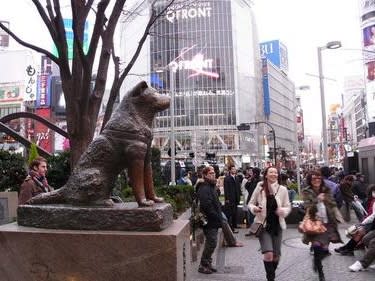
Haruki Murakami, the writer of Tokyo Blues, masterfully describes the Japanese dynamics of his capital city, but if you're looking for a taste of how the locals live, the Shibuya food tour is for you.
The experience usually begins at the Hachikō statue, the monument that pays homage to the faithful dog. Once you've taken your photos, you'll make your way through the crowds to start sampling Japanese delicacies.
The tasting could be defined as a 10-course menu that usually includes wagyu beef, okonomiyaki, a variety of sushi, fish cake, Mitarashi dango and traditional desserts.
Dishes are often served between 4 and 5 restaurants. Shibuya is well known for its cultural contrasts. Here you can experience the fashionable Harajuku, a highlight of Tokyo's best guided tours, the variety of markets and its eye-catching advertisements.
At the end of the tour, you'll be satisfied and you'll end the tour on a high note with a cup of tea or sake.
Interesting details
- Price: From 214 €.
- Duration: 3 hours
- Timetable: evening, depending on the operator.
- What the tour may include: Lunch with a 10-course menu. Tasting of traditional desserts. Experienced local guide.
- Means of transport: on foot.
- Pros: Offered in English. In Japan there are reasons to take pictures everywhere, but on this tour the reasons are multiplied. As well as, the possibility of doing it while learning about the local culture, awakening sensations between each bite.
- Cons: Drinks are usually limited and the groups are large (up to 15 people are allowed).
3. Gastronomic tasting tour in Asakusa
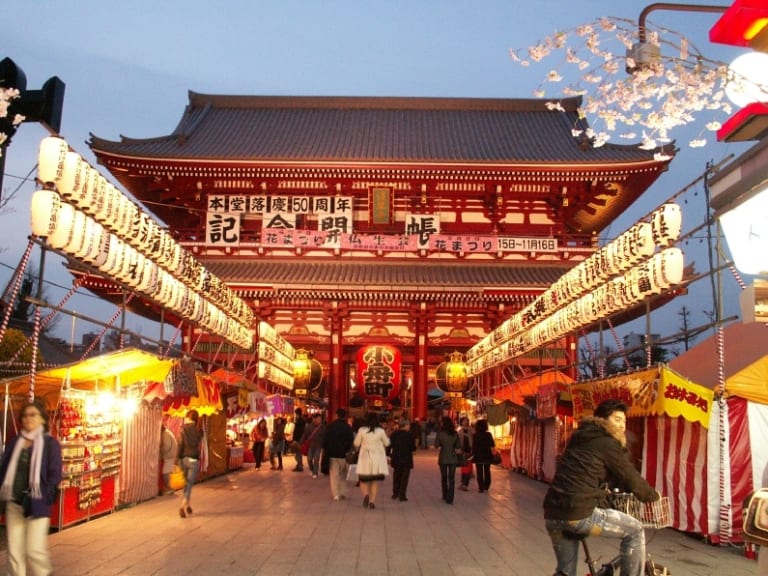
Asakusa is a really attractive area. Its main temples, such as Imado Shrine, Shobogenji Shrine, Asakusa-jinja Shrine and of course Sensō-ji, give the area a special character and this is felt by the participants of this type of tour, especially because it is done in pairs.
The food tour begins with an overview of Asakusa. This means that you and your companion will explore the old town, Namise Street and Marugoto Nippon while sampling popular Japanese delicacies such as pickles, rice crackers, Japanese plums, matcha tea and meronpan along the way.
You can also learn about the pilgrims who have visited the area for over a thousand years, as well as do some souvenir shopping in bustling Namise.
Finally, the 2 tour participants will head together with the guide to Tokyo's oldest temple, Sensoji.
If you book your visit just before summer, you can participate in the Sanja Matsuri festival in May, the biggest festival in Asakusa. This is one of the most popular dates. If you're in the area, experience the excitement! Include your stop at the temple among your things to see and do in Tokyo in spring.
Interesting details
- Price: From 76 €.
- Duration: 2 hours and 30 minutes.
- Time: Daytime, to be arranged with the operator.
- What the tour may include: Sake tasting, snacks at 4-5 venues, guide through Asakusa and lunch.
- Means of transport: on foot
- Pros: The tasting is comprehensive and delicious. You learn about Japanese customs and tour one of Japan's most important temples. The experience is almost personalised and is only available for small groups.
- Cons: Offered in Japanese and English.
4. Japanese food tasting tour of Chiyoda, Ginza and Tsukishima, Chūō, by night.
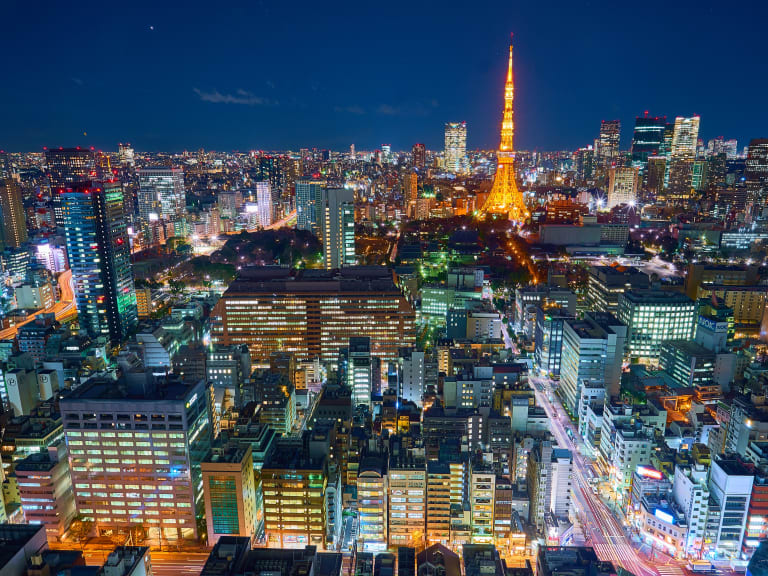
This type of tour takes the group to the heart of Yakitori, the land where the prized street food of the same name originated.
The tasting will allow the group to delve into fast food specialities perfect with beer or sake. Don't forget to try the local taras or toppings, each food stall has a jealously guarded recipe.
Afterwards, the group bids farewell to the business district and heads through Ginza and its celebratory atmosphere. Although they are very close, as soon as the city of Chiyoda is left behind, the neon lights, music and partying begin.
Then it's on to the last stop of the tour at a restaurant in Tsukishima where the fast food is elevated and formal amidst charming presentations.
Interesting details
- Price: From €99.
- Duration: 3 hours.
- Time: Evening, depending on the operator.
- What the tour may include: Full lunch at a sushi restaurant. Sake tasting. Tasting of typical dishes, often a variety of yakitori, okonomiyaki (Japanese pizza). Drinks and a dessert.
- Means of transport: on foot.
- Pros: Offered in English. The cheerful atmosphere. The stories and anecdotes of the guides. The central location.
- Cons: Duration. It can be extended to continue with the party, especially when you choose among the things to do in Tokyo in summer.
5. Tokyo Ramen Tour
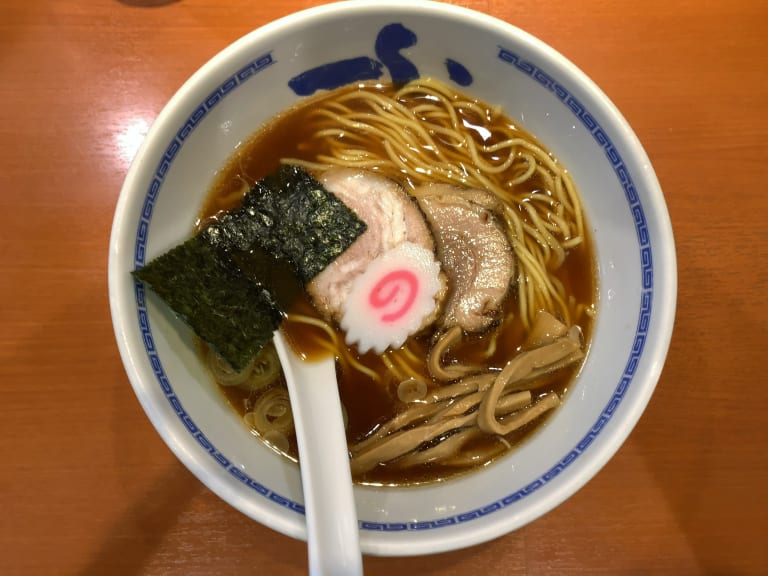
This is your chance to enjoy and experience ramen like a native Tokyoite. If you decide to take this tour, you'll get to learn more about the history and culture of this exciting dish and then you'll get to taste a tasty bowl of ramen cooked to perfection.
The group usually gathers in front of the Hachikō statue in Shibuya, after which they are guided to a local coffee shop for a cup of coffee and a chat about ramen. There they receive an explanation about how and why ramen is one of **Japan'**s famous foods.
Afterwards, the tour continues to 3 award-winning restaurants for 6 mini ramen bowls. A variety of 11 mini ramen bowls will be available for you to choose from.
At the end, you will learn a lot more about this dish, from its history to its preparation. At each stop, you will discover the different types of ramen and, above all, how to distinguish a good ramen and how to prepare it in case you decide to do so when you return home.
Interesting details
- Price: From 110 €.
- Duration: 3 hours
- Time: Afternoon, please check with your tour operator.
- What the tour may include: a walk through the Samurai Museum, the Robot Restaurant, the Hanazono Shrine and taverns. Specialist guide through the city. Tasting menu and drinks.
- Means of transport: train
- Pros: You learn to appreciate ramen from the ingredients until it reaches your palate. This humble food takes on a different meaning. The tasting is enough to cover one lunch.
- Cons: Train ticket not included.
6. Drunken Alley Bar Tour: Golden Gai & Kabukicho, Shinjuku
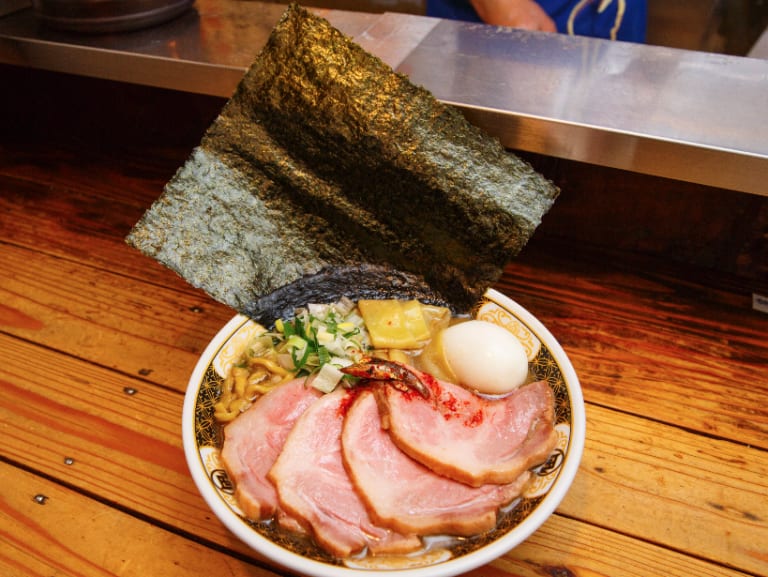
This food tour has a slightly different theme. With its alcoholic beverage tastings, it may not be the most suitable if you're looking for things to do with kids in Tokyo.
The guide will take you to some of Shinjuku's best spots for an evening of tapas and Japanese drinks in one of Tokyo's most popular neighbourhoods.
On this kind of tour you will travel back in time to the small Japanese taverns that dotted the city during the 1950s. It usually starts in the Drunkard's Alley or Shinjuku (Nonbei Yokocho) -by its original name-, very close to Kabukicho.
With the guide's explanation you will learn about the history of izakayas or Japanese bars while enjoying some tapas, karaokes and even Kabukicho, the robot restaurant.
The menu often includes ramen, sushi, yakitori and beer. You'll soon be on your way to Golden Gai, Japan' s most izakayas to end the evening.
Details of interest
- Price: From 165 €.
- Duration: 3 hours
- Timetable: evening, check with your operator.
- What the tour may include: Samurai Museum, Robot Restaurant, Hanazono Shrine and taverns. Specialist guide through the city. Tasting menu and drinks.
- Means of transport: on foot
- Pros: The pub crawl with its local history is entertaining. It evokes the first half of the last century. It is a must for traditional Japanese cuisine.
- Cons: the tour is as vibrant as Cyberpunk movies, you have to be aware of your surroundings at all times. The walk often brings together large groups (up to 12 people).
7. All-you-can-eat tour in Shibuya
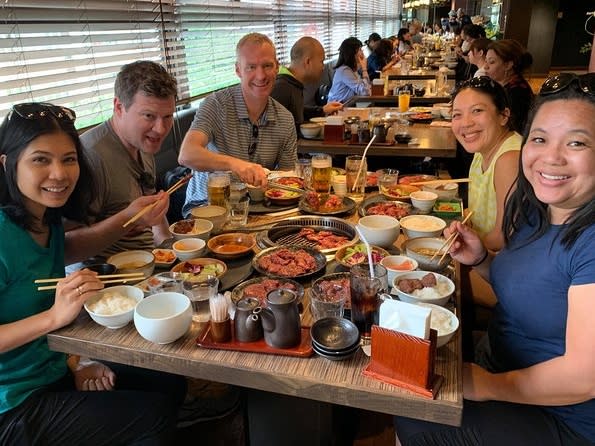
Step out of the conventional restaurants and taste the local food as the Japanese do.
With this tour your guide will take you to Shibuya. The first stop is usually the Hachikō statue, then it's on to various shrines and through a network of streets that lead to the heart of the neighbourhood.
After an hour's walk exploring the city, you'll be ready to sit down and indulge your taste buds at Tokyo's best all-you-can-eat restaurants.
Interesting details
- Price: From €204.
- Duration: 4 hours.
- Timetable: morning or afternoon, depending on the operator.
- What the tour may include: as much food as you fancy from a variety of sushi, takoyaki, yakitori, yakiniku and desserts. A couple of drinks are often included. The services of a local guide with whom you will get to know Shibuya.
- Means of transport: on foot.
- Pros: Offered in English. You can eat until you have tried all the dishes you like while the guide explains their history. This is an ideal plan to celebrate holidays like New Year or December holidays with the family. Visit Shibuya in the last month of the year and make this one of your things to do in Tokyo for Christmas.
- Cons: drinks are limited, although two soft drinks and water might be enough, right?
Must-visit dishes on food tours in Tokyo
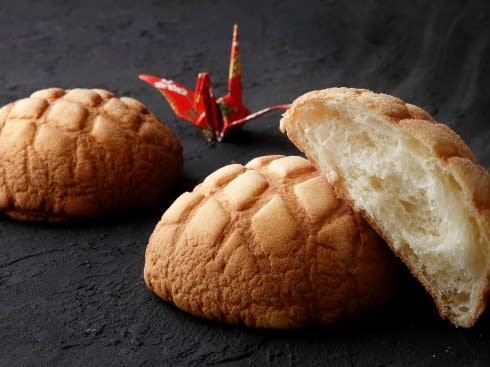
You're probably already familiar with sushi and gyozas, but make a note of these dishes and drinks and include a tasting on your tour of Tokyo.
- Meronpan. A sweet bread topped with biscuit dough in the shape of a melon.
- Okonomiyaki or Asian-style pizza.
- Fried fish cake (try it around Tsukiji market, it's another level).
- Yakitori. History records its appearance in Japanese cuisine during the Edo period between 1603-1867. Although it is believed to have been a wild fowl brought to the grill for Komodoro, the recipe has become widespread in local cuisine with different variations. Try the sauces, every house has a "secret recipe".
- Fresh tuna sashimi. You will be only a few metres away from the largest fish market in the world.
- Yakiniku or grilled meat.
- Sake: The local liquor par excellence. Yes it is possible to get it in other countries, but nothing like enjoying it as Japanese citizens do, with its authentic atmosphere and preparation, it is superior. Try it!
The must-visit destinations among the food tours in Tokyo
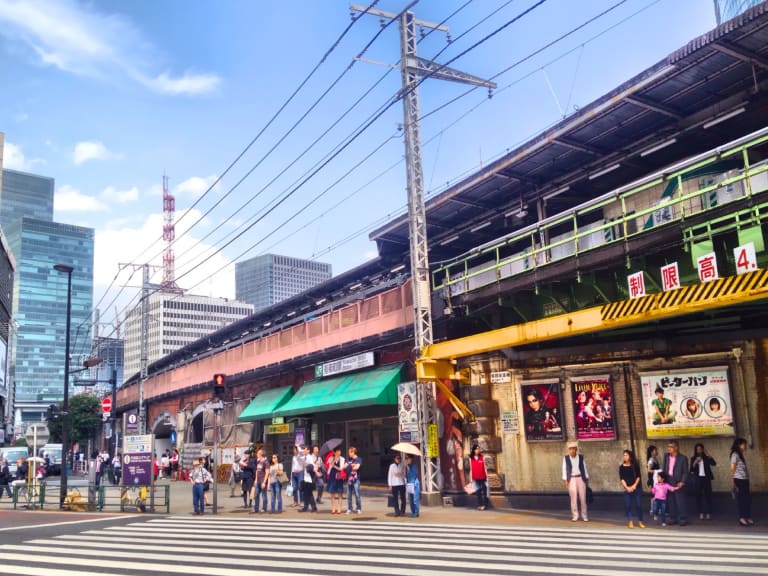
For those wishing to join the local party between drinks and food, I recommend booking one of the Japanese capital's most famous night-time culinary tours. Not-to-be-missed gastronomic tours include:
- Osaka.
- Shinjuku.
- Shibuya.
- Yurakucho.
- Chūō and its fish market.
Tips on food tours and Japanese culture
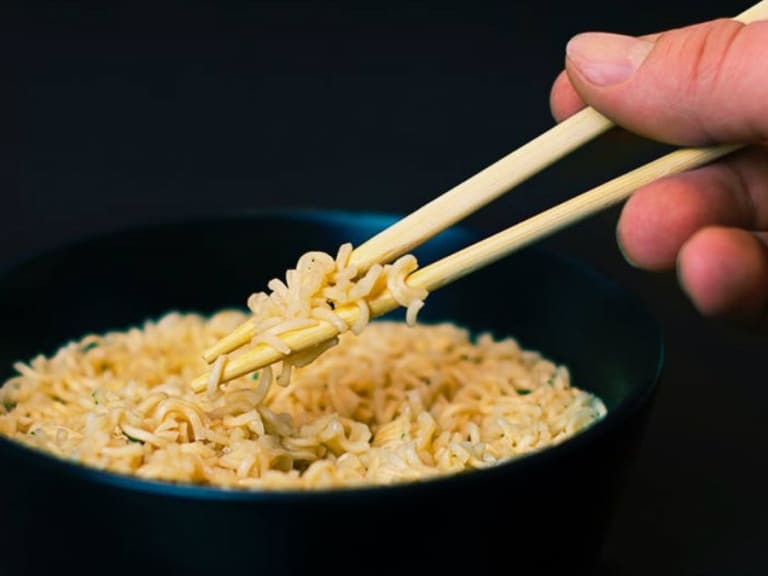
Like other cultures, the Japanese keep to their own styles and ways when it comes to eating. Follow these tips to respect their customs when joining food tours in Tokyo:
- Never stick chopsticks vertically into a bowl of food, as it means death and is very disrespectful.
- Be punctual. The Japanese respect your time and expect reciprocity. Avoid being late for tours - flexibility of time is not exactly a Japanese virtue.
- Japanese tables are often laden with individual serving bowls, but portion sizes are modest. Enough to satisfy your hunger but not to fill you up.








